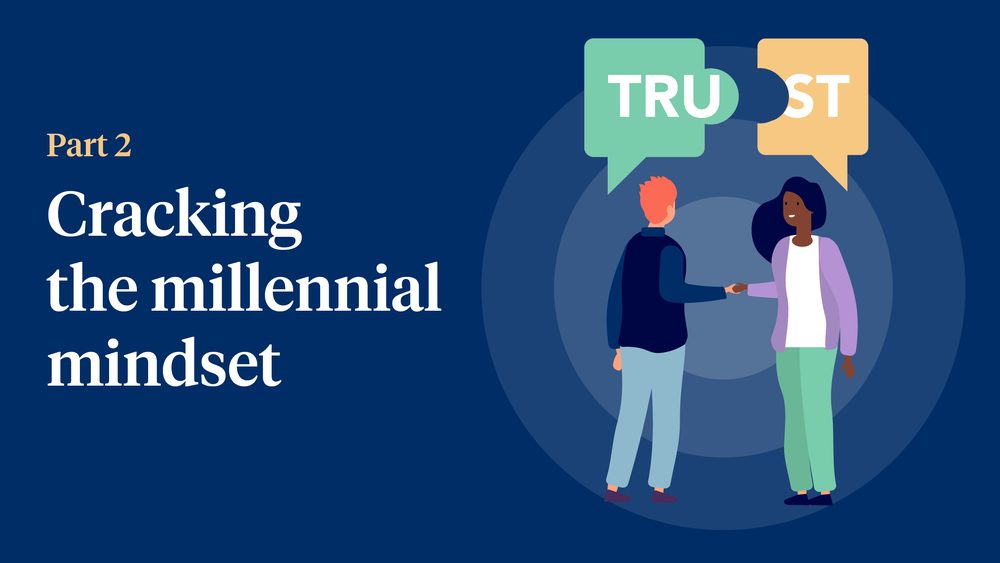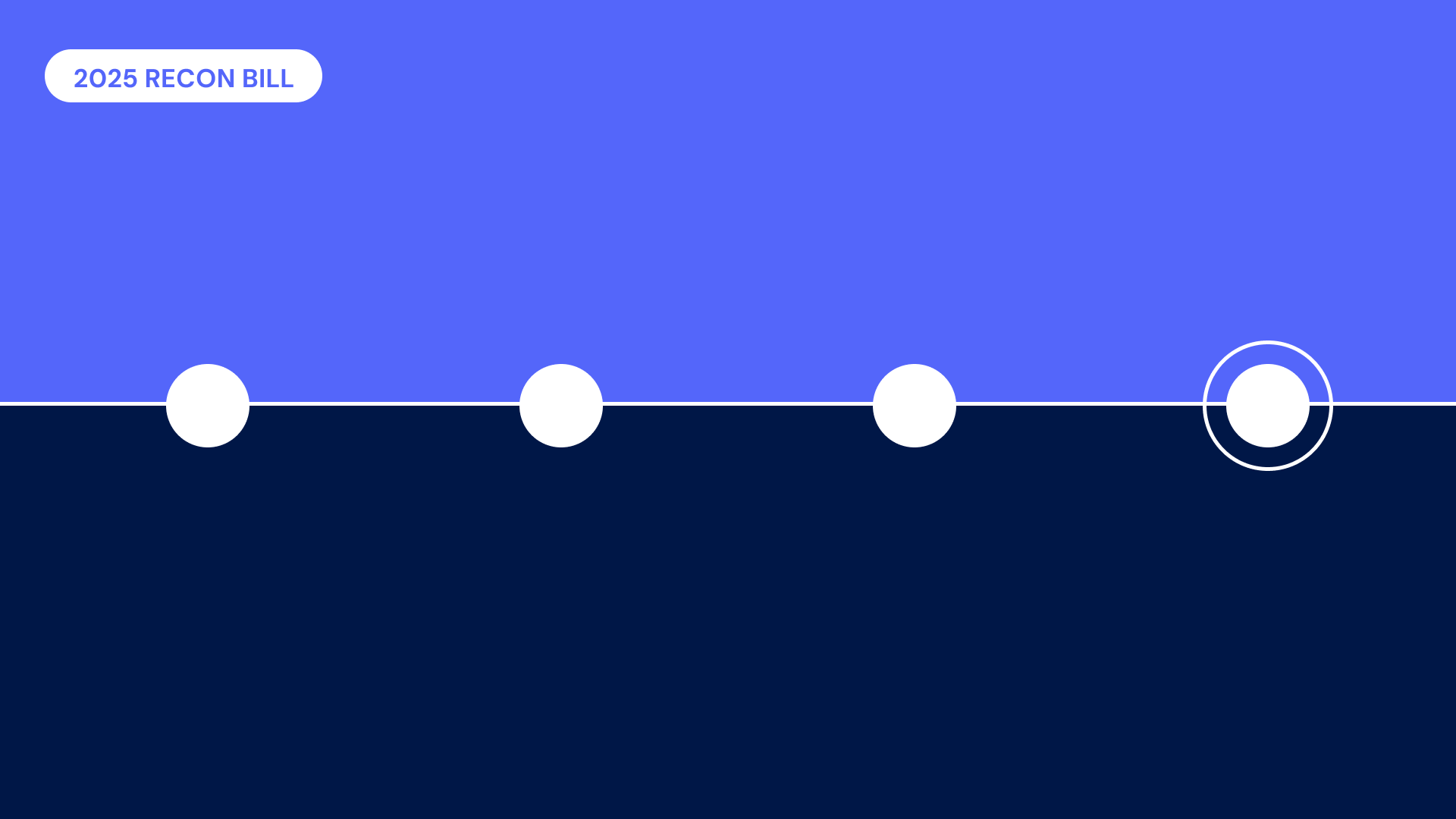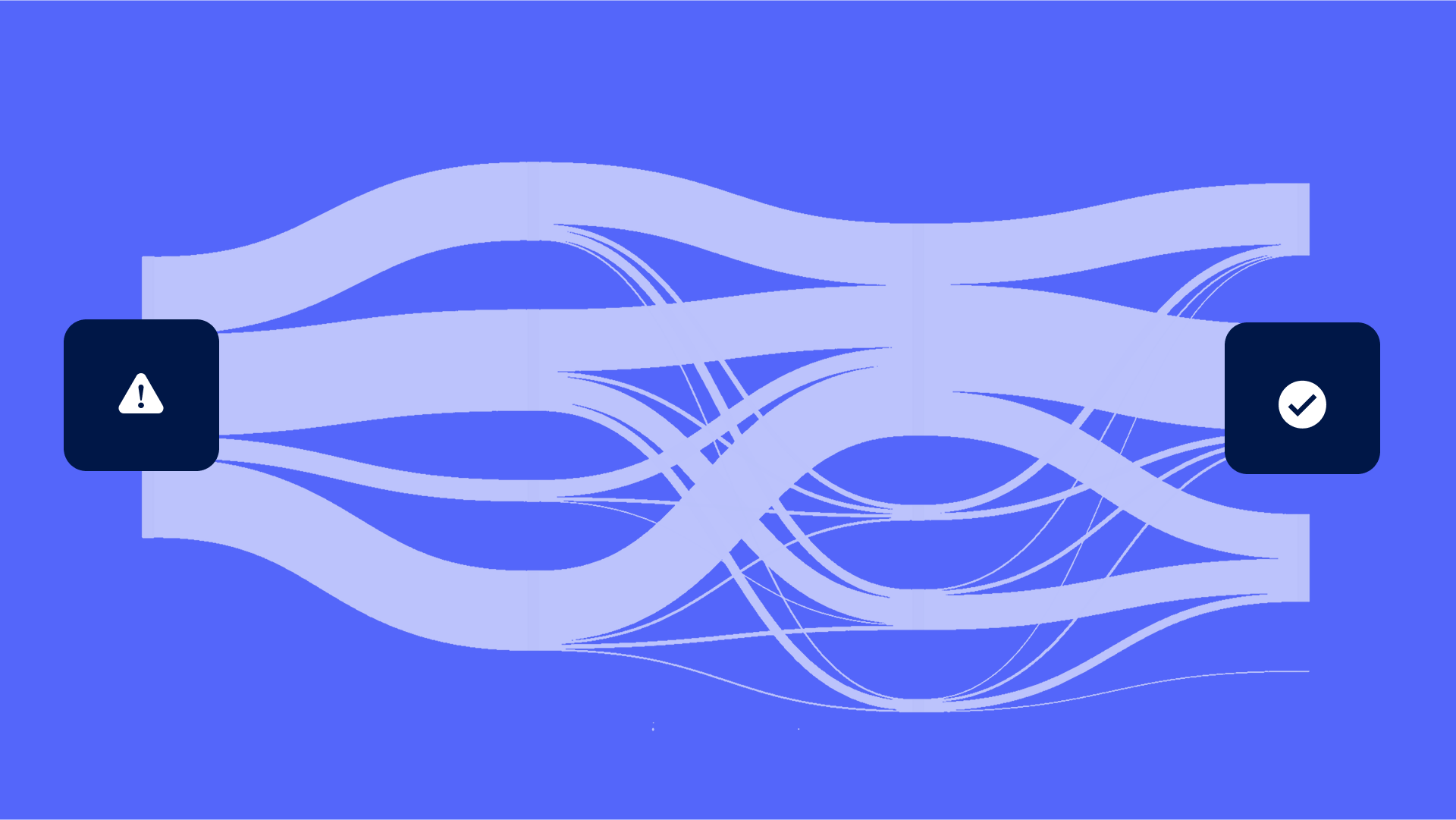This is part 2 in the Cedar blog series “Cracking the Millennial Mindset.” To read part 1, click here.
As recently mentioned in part 1, our product design and data science team at Cedar conducted an extensive research study to better understand what drives the financial engagement behavior of millennial patients. Through extensive patient interviews and analogous research, we sought to answer several big questions about patient behavior surrounding medical bills. First and foremost (and the subject of this blog), we wanted to understand: how do people trust?
As a patient financial engagement platform, trust is critical to our success. All financial exchanges involve trust, but none more so than in healthcare. Healthcare intersects with some of the most emotional, difficult and life-changing moments in people’s lives; financial engagement and billing is inextricably linked with those intimate moments. And in an era of high patient cost-sharing, many people are anxious about the financial obligations associated with medical care; this is particularly true for those who find themselves in emergency medical situations.
So as we design for healthcare financial engagement, we must consider not just the patient paying for a routine check-up, but also the one recovering from emergency surgery. How do we build trust with a person in crisis? If we design with this person in mind, we’ll improve the experience for all patients.
To get at the heart of this question, we talked to the people who know all about high-stress situations: the FBI.
Meet the experts
We conducted analogous research with two experts with extensive experience in hostage negotiation and crisis communication.
Chip Massey: James Massey, known as “Chip,” was a special agent with the FBI and hostage negotiator for 20 years. He conducted critical interviews for high value targets during 9/11 and specialized in dealing with violent fugitives, drugs and public corruption.
Adele Cehrs: Adele Cehrs is a “crisis communications expert,” founder of the PR agency Epic and United Nations keynote speaker. She specializes in helping household brands handle crisis situations.
Chip and Adele now work as partners, combining his FBI expertise with her communications savvy. From Chip and Adele, we wanted to learn how to establish trust and communication with people experiencing difficult moments. They shared the following five lessons as crucial tactics to break through to those under pressure. As it turns out, good hostage negotiation isn’t all that different from good design—it’s about showing empathy, understanding peoples’ problems and helping to solve them.
Five ways to earn trust when emotions run high
1) Master the art of empathy: Displaying empathy is the quickest way to reach someone in a heightened emotional state, whether you’re in a hostage situation or facing a scary medical bill. In Chip’s experience with the FBI, empathy is “deadly efficient.” If anyone doubts the effectiveness of empathy, Chip says to tell them: “I’ve used active listening and empathy when somebody’s had a gun to another person’s head, and had them put that gun down and walk out with their hands up. Can they do that?” Likewise, empathy is critical to our product design. When patients engage with their bills, we take care to greet them with their first name, a friendly salutation and an easy way to view their obligations; we always want everyone to feel respected and seen as individual people, not treated as numbers in a spreadsheet.

2) Name the emotion: When dealing with an individual in high-stress, you should take care to “never let an emotion go by without labeling it.” If you can name someone’s current emotional state, it helps that person feel understood and creates an emotional connection with them. Applying this principle at Cedar, we acknowledge when patients are dealing with tough circumstances; in our balance resolution workflows, we communicate that we understand how difficult it is to have a medical bill that you can’t afford and assure patients that we can get to resolution, whether that’s a payment plan, discount or charity care.

3) Disengage the lizard brain: In moments of fear, people can often revert to their “lizard brains” or the primitive parts of their brain focused on survival. If you take time to calm a person down, it’s possible to have a more productive, reasonable exchange and come to a better outcome. By engaging patients earlier in the care journey with our pre-visit product, we avoid activating the lizard brain altogether. By proactively communicating price estimates prior to the point of care, patients are empowered to plan for the costs of care and not caught off guard.

4) Find the internal narrative: Everyone has their own internal narrative about themselves and the external circumstances they encounter. In hostage negotiation, uncovering the internal narrative is critical to getting a hostile subject to come to a safe resolution. We deploy this technique by putting billing terms in language that a patient can easily understand. In our medical bills, we translate service codes into plain language so the patient understands exactly what they are getting billed for.

5) Make bad behavior okay: Everyone messes up sometimes. Acknowledging a mistake and moving forward can help all parties move beyond the situation and problem-solve more productively. Even if a patient is behind on their payments or does not engage with their bill within a certain time window, our focus is on letting them know that it’s not too late. They can always engage with us, get help and come to a good resolution, regardless of past behavior.

Why build trust? A hook and a solve
Building trust is critical because it enables problem solving. If you can establish this connection with another person, they will trust you to help bridge a solution.
To illustrate how this works in action, Chip shared an anecdote about convincing a suspect to turn himself in. “Jeff,” a suspect in one of Chip’s cases, was on the run and avoiding an arrest warrant from the FBI. Chip employed empathy to put himself in Jeff’s position. He imagined how Jeff must feel and realized that he was feeling very unsafe, exhausted and afraid. He called him and said, “My name is Chip and I’m here to help. How badly does your life suck right now?” He talked to Jeff openly and empathetically about his problems and offered to meet him face-to-face and stay with him to guarantee his safety for the day. Within 20 minutes of the call, Jeff arrived, shook Chip’s hand and said, “Alright, let’s get this over with.” By connecting with Jeff on an empathetic and emotional level, Chip was able to broker a solution to Jeff’s problems.
Applying trust and problem-solving in healthcare billing
Chip’s story is a powerful reminder of what empathy can do. So now let’s bring it back to medical bills, and employ empathy to put ourselves in our patients’ position. Let’s imagine how scared they must feel about their health and finances (especially during the pandemic), and the added stress a large bill might cause. At Cedar, we want to be able to say to our users: “We are here to help. How can we figure this out together?”
In the next part of this series, find out what we learned when we asked millennial patients this question, and why they behave the way they do…
If you’d like to receive updates and alerts as new posts are published, click here to join the Cedar mailing list.

Diana Ye is Director of Product Design at Cedar, who uses people-first design to help humanize healthcare. Previously, she has designed products for Oracle, Boston Children’s Hospital, and startups at the intersection of healthcare, data and science. Diana originally went to MIT to study brains and become a doctor, but realized she would rather use this knowledge to create great tools for people, so she became a designer instead.



